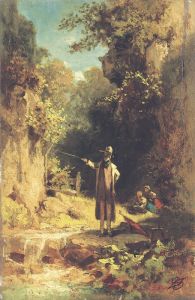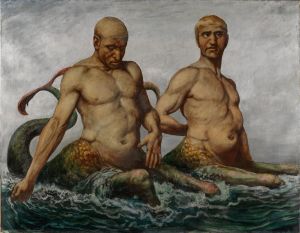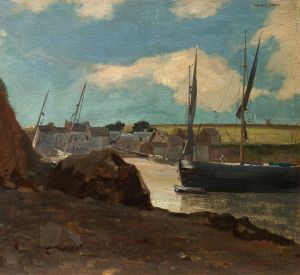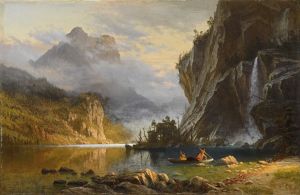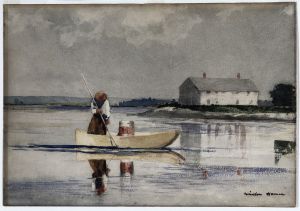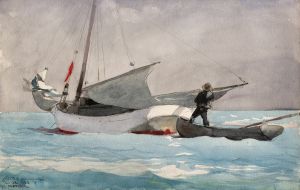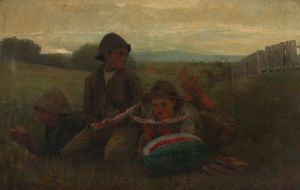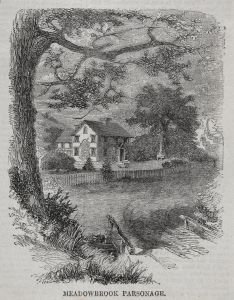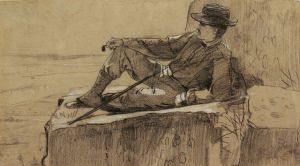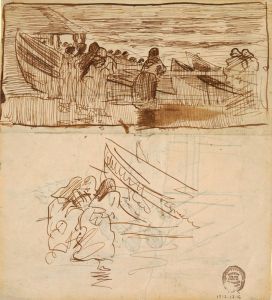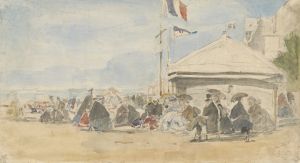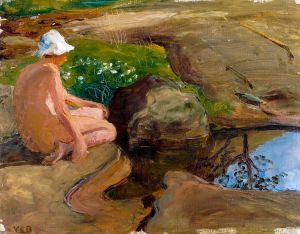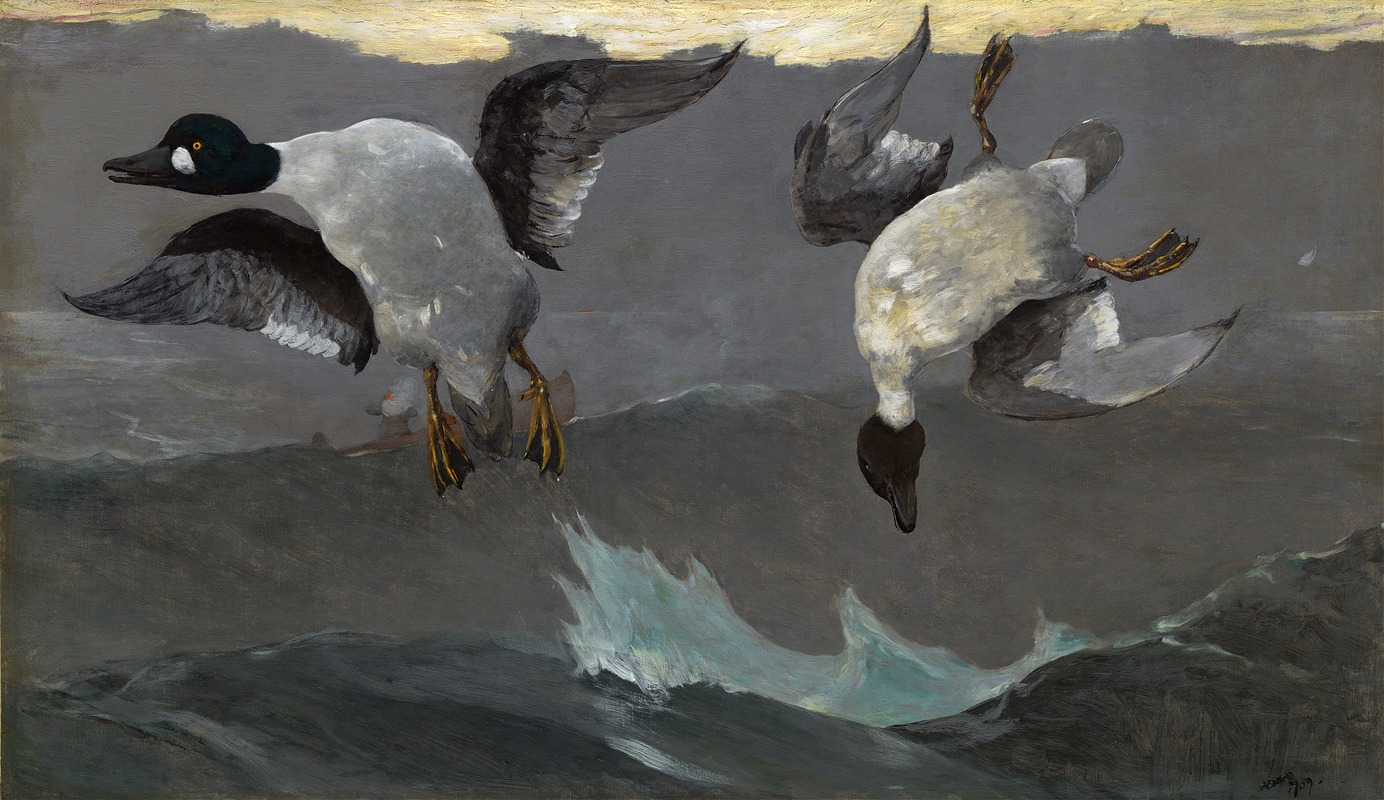
Right and Left
A hand-painted replica of Winslow Homer’s masterpiece Right and Left, meticulously crafted by professional artists to capture the true essence of the original. Each piece is created with museum-quality canvas and rare mineral pigments, carefully painted by experienced artists with delicate brushstrokes and rich, layered colors to perfectly recreate the texture of the original artwork. Unlike machine-printed reproductions, this hand-painted version brings the painting to life, infused with the artist’s emotions and skill in every stroke. Whether for personal collection or home decoration, it instantly elevates the artistic atmosphere of any space.
"Right and Left" is an oil painting created by the American artist Winslow Homer in 1909, during the later years of his career. The artwork is considered one of Homer’s most enigmatic and technically accomplished pieces. It is currently housed in the National Gallery of Art in Washington, D.C.
The painting depicts a dramatic hunting scene set on open water. Two goldeneye ducks are shown in flight, with one already struck by a hunter's bullet and the other seemingly in the process of escaping. The composition captures the moment of tension and movement, with the ducks positioned against a muted, atmospheric background of sea and sky. The title, "Right and Left," refers to the shooting technique used by hunters to target two birds in quick succession, aiming first at the farther bird and then at the closer one.
Homer’s use of light and color in this painting is particularly striking. The subdued tones of the background contrast with the vivid details of the ducks, emphasizing their vulnerability and the fleeting nature of life. The artist’s mastery of depicting water is evident in the subtle reflections and ripples on the surface of the sea, which add depth and realism to the scene.
"Right and Left" is often interpreted as a meditation on mortality, a theme that recurs in Homer’s later works. The painting’s somber mood and the precise rendering of the ducks suggest a deeper contemplation of the relationship between humans and nature. However, Homer himself left no written explanation of the painting’s meaning, and interpretations remain speculative.
Winslow Homer (1836–1910) is widely regarded as one of the most important American artists of the 19th century. Known for his depictions of marine subjects, rural life, and the American wilderness, Homer’s work often reflects a deep engagement with the natural world. "Right and Left" is one of his final major works, created just a year before his death, and it exemplifies the technical skill and thematic depth that characterize his mature style.
The painting remains a significant example of Homer’s ability to combine realism with emotional resonance, making it a key piece in the study of American art history.





